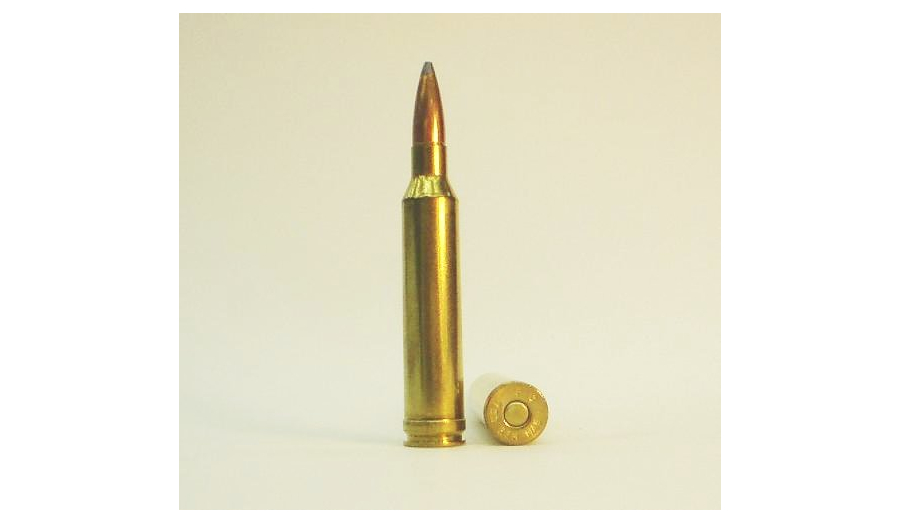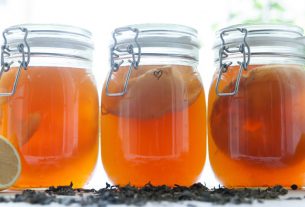The 1950s and 1960s were the golden age of “magnum-itis.” Advances in gunpowder technology, bullet construction, and rifle manufacture led to more and more shooters looking to develop and use the fastest, most powerful cartridges they could. While many cartridges introduced back then have fallen by the wayside, a handful of them have persevered to the present day. Among those is the 7mm Remington Magnum, which has staked its claim as one of the most versatile cartridges on the market.
The post-WW II era also saw significant competition between Remington and Winchester, the two American sporting arms behemoths, to retain market share in a market that was quickly becoming saturated with cheap surplus military rifles being imported from across the world. Both companies developed a number of cartridges that competed head to head, with Winchester winning just about all of the competitions. The 7mm Rem. Mag., however, was an exception.
Like most magnum cartridges introduced in that era, the 7mm Rem. Mag. is based on the .375 Holland & Holland Magnum cartridge, shortened and necked down. In fact, in many respects the 7mm Rem Mag. is very similar to the earlier .275 H&H Mag., an earlier Holland & Holland attempt at necking down the .375 H&H.
With an overall cartridge length equal to that of .30-06 Springfield, and being introduced along with the new Remington 700 rifle, the 7mm Rem. Mag. quickly took the shooting world by storm. It immediately ate into the market share of the .264 Winchester Magnum, which had until then been a hot-selling small-diameter magnum. With the heavier weight bullets available in 7mm, plus the superior ballistics they offered to .30-caliber bullets, the 7mm Rem. Mag. quickly became popular with both hunters and target shooters.
While the 7mm Rem. Mag. can use bullets as light as 100 grains, it really shines with heavier 175-grain to 180-grain bullets. Those bullets can be pushed at up to 2,900 feet per second, providing muzzle energy of close to 3,400 foot-pounds.
It’s important to remember, however, that maximum muzzle velocities in the 7mm Rem. Mag. are achieved with longer barrels, with 24” being the normally accepted minimum. Reduced velocities in shorter barrels put performance of the 7mm Rem. Mag. more in line with less powerful cartridges such as .270 Winchester, .280 Remington, and 7x64mm Brenneke.
Like most magnum cartridges, recoil in the 7mm Rem. Mag. is stout, and the noise produced can be quite loud. Many shooters aren’t willing to deal with those penalties, or aren’t willing to increase the weight of their rifles to mitigate recoil. But for those who do use the cartridge, its performance can be phenomenal. With a flat trajectory and a wide array of bullets available for it, the 7mm Rem. Mag. is capable of taking any game in North America. Expect to pay around 80 cents around for the cheapest factory ammunition.
If you’re looking for a long-range hunting rifle, the 7mm Rem. Mag. may not be your first choice, particularly if you want a rifle that can be used by multiple people in your household. But if you already have a 7mm Rem. Mag., its performance and ammunition availability can make it an important part of your survival armory.
This article was originally posted on Red Tea News.





